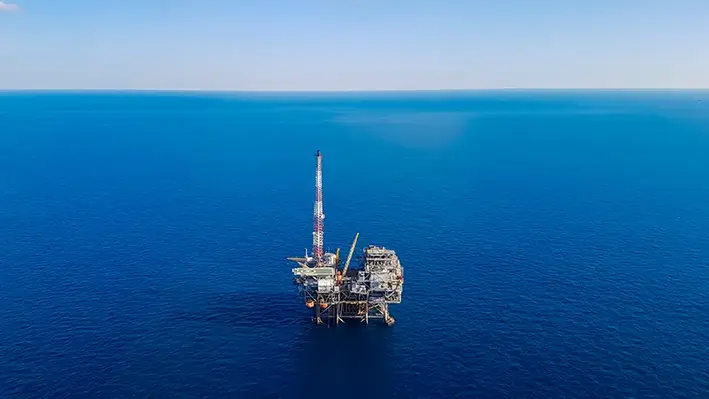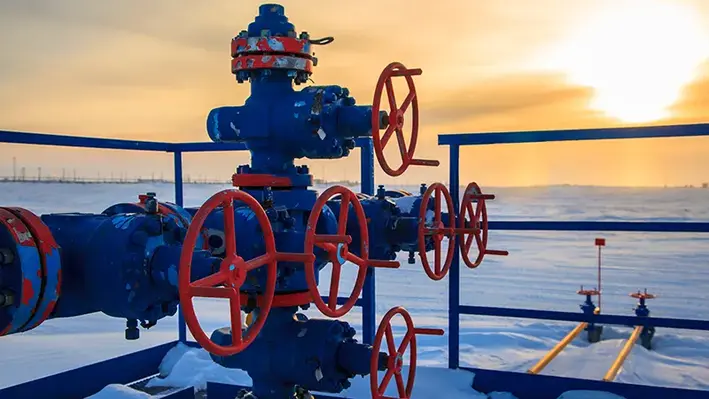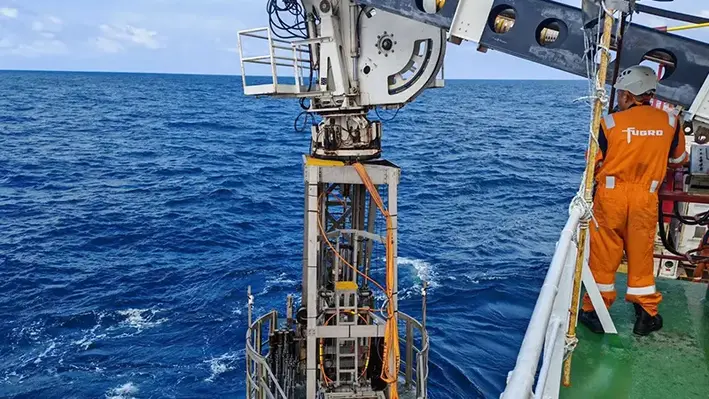 The offshore oil and gas industry is experiencing a transformative wave, driven not only by innovations in downhole technologies but also by its increasing adoption of digitalisation.
The offshore oil and gas industry is experiencing a transformative wave, driven not only by innovations in downhole technologies but also by its increasing adoption of digitalisation.
Across the globe, digital technologies and digitised data are reshaping industries, and oil and gas is no exception. Solutions leveraging IoT technologies, data analytics, and digital twins are enabling operators to harness information more effectively. These advancements are improving productivity and unlocking significant cost savings.
According to SLB, many companies are leveraging digitalisation to enhance their portfolios. SLB, for instance, uses its Intervention Advisor Software to manage risks, cut value chain costs, and improve production. The software offers diagnostic, remediation, and prevention methods tailored to optimise operations and reduce costs per barrel. Additionally, SLB’s recently announced partnership with Geminus AI introduces a physics-informed AI model builder, allowing for real-time optimisation across various outcomes, including operational expenditure reduction, increased productivity, and carbon emissions minimisation. “Geminus’ capability to fuse AI methods with physics-based simulation data will empower customers to quickly and easily create hybrid models of their operating assets that can be optimised in real time against numerous outcomes, such as opex reduction, increased productivity, and carbon emissions minimisation,” remarked Rakesh Jaggi, President, Digital and Integration, SLB.
In the second half of 2023, Silverwell Technology announced it had secured a major contract in Southeast Asia to deploy its digitally intelligent artificial lift (DIAL) system across multiple wells. According to the company, DIAL integrates in-well monitoring with surface analytics and automation to optimise gas-lifted fields remotely, even in challenging environments. Silverwell added that, across a three-year contract, the technology would be deployed in difficult conditions and expressed hopes that its successful completion would encourage broader adoption in the region.
The development of digital tools, especially around data interpretation, is being closely watched in the industry. According to Utama, “Improving the interpretation of logging data with new technology will enable oil companies to make better decisions for their well, especially around abandonment.”
The continued evolution and adoption of digitalisation remain a focal point for the offshore oil and gas sector, driving innovation and efficiency across operations.




